Table of Contents
With budgets tightening and the need for effective learning on everyone’s lips, online and blended learning are becoming integral to a number of school reform efforts and corporate training initiatives. Thanks to technology, online courses help quickly share important information with employees through computers and smartphones, helping companies save on transportation, instructor fees, and materials.
Online learning courses break lessons into smaller, easier-to-follow chunks and often use videos, simulations, or interactive elements. This approach lets employees learn at their own pace and access the material whenever they need it.
Key advantages of online education
For several reasons, online programs have become a popular choice for distance learning in higher education. They provide unique opportunities for people who might otherwise have limited access to education and allow educators to create high-quality, engaging courses in a new, flexible format.

Here are some of the major benefits of online programs.
Study anywhere
A major benefit of asynchronous online class is that it enables school and college students to access high-quality education when distance or scheduling conflicts make in-person classes impossible. With a computer and internet connection, students can join from anywhere in the world. This format also offers greater flexibility for students and teachers with physical disabilities, who can engage in class without needing to be physically present.
What’s more interesting is that IBM reported that eLearning can boost employee productivity by as much as 50%, helping them apply what they learn faster and more effectively. The company also pointed out that every dollar invested in online training initiatives results in $30 in productivity.
Learn anytime
As you know, the virtual classrooms are available around the clock, every day of the week. So, this flexibility also makes online learning time-efficient. Asynchronous tools like online conferencing allow professionals balancing work, family and study to engage in class discussions on their own schedules. The work still gets done at times that suit each student best.
Online learning courses, lectures, and discussions are accessible anytime, making it easy for students to revisit lectures or spend extra time on complex topics before moving forward. A study by the Brandon Hall Group found that eLearning can take 40-60% less time than in-person training, as it allows learners to go at their own speed and review materials when needed.Collaborate and support
The online format encourages active interaction between the instructor and students and among the students themselves. Ideas and resources are exchanged, creating a steady flow of energy, support, and collaboration throughout the learning experience.
Each student has the chance to join discussions and provide feedback on others’ work. This collaborative atmosphere in the virtual classrooms is a defining aspect of online learning.
Communicate
In an online asynchronous discussion, students can reflect on others’ comments before replying or moving on to the next topic. This format gives them more time to craft thoughtful and detailed responses, unlike in a traditional classroom setting with in-person discussion where participants must quickly analyse comments and come up with an answer or risk missing their chance to contribute.
Engage
In an online discussion, each student engages with the course material (such as lectures and readings) as well as with comments from their peers. Students typically focus on topics within the broader discussion that resonate most with their own concerns. This leads to smaller, more focused conversations happening alongside the larger group discussion.
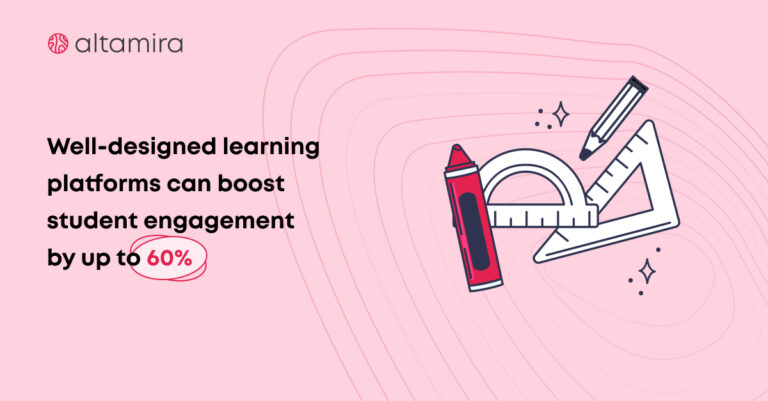
While students are expected to read all of their classmates’ contributions, they usually engage more actively with the parts of the discussion that are most relevant to their interests. As a result, students shape their learning experience and adapt the course discussions to meet their needs. Ideally, each student contributes individually while also taking away a unique mix of relevant insights.
Enjoy equal opportunities for all learners
In an online setting, learners experience a degree of anonymity. Factors like age, appearance, disabilities, race, and gender are less noticeable, shifting the focus entirely to the content of the discussion.
What matters most is the individual’s ability to engage with the material thoughtfully and contribute meaningfully to the conversation.
Access to resources
In an online course, it’s easier to bring in expert guest speakers or students from other institutions. Today’s students also have access to resources from anywhere in the world.
An instructor can create an online resource section with links to scholarly articles, institutions, and other materials related to the course, allowing students to dive deeper into their research or expand on course topics.

Moreover, a study by the Research Institute of America found that eLearning increases retention rates by 25-60%, compared to just 8-10% in traditional learning.
Teach creatively
The research on adult education highlights the value of interactive learning environments in cultivating such soft skills as self-direction and critical thinking. While some educators have greatly progressed in incorporating these ideas into their in-person teaching, many courses still rely on lectures and rote memorisation.
With its semi-autonomous and self-directed nature, the virtual classroom makes it even more important to adopt advanced and creative teaching methods. In the online setting, both the instructor and the student work together to create an engaging learning experience. The shift to new technologies brings hope that as educators embrace these changes, they will also move away from outdated practices. As they adapt their courses to maximise the potential of the online format, educators must reassess their course goals and teaching methods. However, many qualities that make an effective online instructor also translate well to traditional classroom teaching.What does the research say?
The recent study of Oman Tourism College aimed to understand the views on eLearning based on five key criteria of effectiveness. During the data collection, participants, both teachers and students, who chose to take part provided their responses through an online survey.
A total of 60 teachers and 162 students took part in the study. The profiles of the participants are shown in Table 1 and Table 2 below.
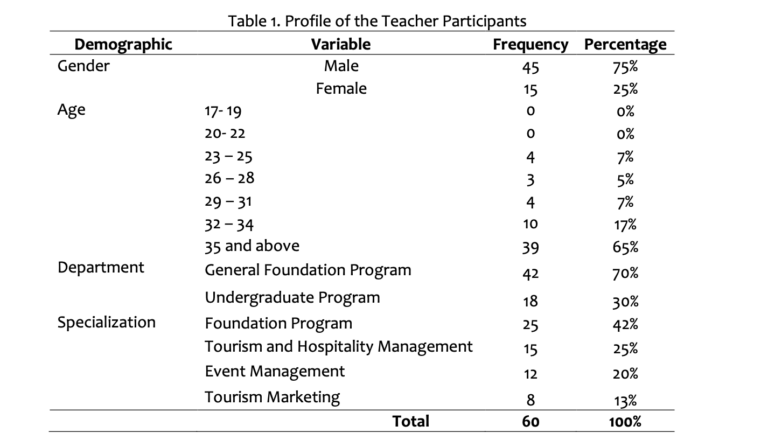
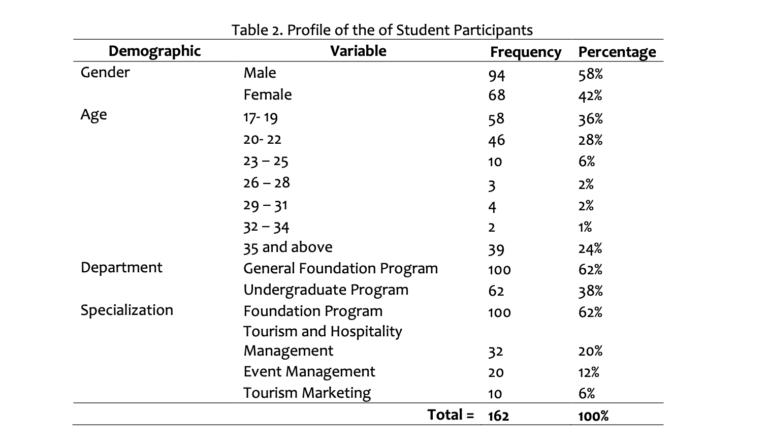
The results from the online teacher survey revealed insights into the instructors’ experience with designing eLearning courses. When asked if they had been involved in creating an eLearning course, 73.19% of teachers responded positively.
While many teachers were active in eLearning, a significant portion—45.10%—had only just started developing these courses.
The online student survey results showed that 95% of students used eLearning because their teachers encouraged them to enrol in 2 to 3 courses, with 49.34% of students choosing this option.
The English Grammar course had the highest enrolment, attracting 44.64% of students, followed by Writing (16.07%) and Reading (12.50%) courses.
A slight majority of teachers, 31.43% (22 responses), reported that online classes had influenced their teaching methods.
These teachers highlighted that technology was a valuable tool, helping them organise learning materials and making their teaching more engaging for students.
Easy access to these materials also relieved teachers of extra tasks, like photocopying course content.
Additionally, teachers noted that designing online materials made them more aware of various online resources available for their courses.
A larger portion of students, 76.54% (124 responses), reported that eLearning has sparked greater interest in their studies.
They expressed a positive shift in their learning habits, with eLearning significantly sharpening their skills in areas like problem-solving, analysing, completing online quizzes, and submitting assignments and projects.
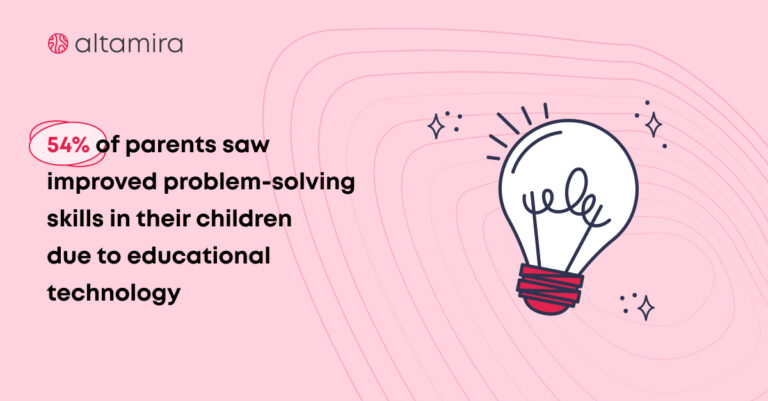
Technology integration made them more comfortable using computers and online resources, allowing them to explore new ideas and expand their knowledge. Students also appreciated the well-organised variety of materials provided.
Most importantly, they valued the flexibility of studying at their own pace, which helped them become more independent learners.
Key disadvantages of online learning
Although online programs offer great benefits and provide unmatched access to quality education, there are also inherent challenges that can threaten the success of these programs.
Equity and accessibility
For an online program to succeed, students should access the online learning environment. Without access, whether due to financial or technical barriers, eligible students may be excluded from the course. This turns out to be an issue in rural and lower-income areas.
From an administrative perspective, if students can’t afford the technology the institution uses, they eventually give up learning.
Speaking about the Internet access, it’s not always available to everyone as well. Suppose students are limited by what they can afford. In that case, it creates an imbalance, making it difficult for all participants to have equal access to instruction and involvement in the online program.
Computer literacy
Both students and instructors need a basic understanding of computer skills to succeed in an online environment (using search engines, surfing the web, and being familiar with tools like FTP and email).
Without these basic skills, they won’t be able to effectively participate in an online program. A student or instructor who struggles with the technology can negatively impact the entire program’s success.
The students
Online education can be a highly effective option for mature, self-disciplined learners, but it may not be suitable for students who rely more on guidance and structure.
Asynchronous online learning gives students control over their own study schedules, offering flexibility for non-traditional learners. However, this also means that students bear more responsibility for their learning.
To succeed in an online program, students need to be well-organised, self-motivated, and have strong time management skills to keep up with the course.
Because of these requirements, online education sometimes fails for younger students, such as those in elementary or secondary school or students who struggle with the independence and responsibility required in this learning environment.
The facilitator
Effective face to face teaching doesn’t always lead to success in an online setting. The program’s success could be at risk if instructors aren’t properly trained in online teaching methods. It’s important for instructors to be skilled in written communication and fluent in the language of the course. Without proper preparation, facilitators may struggle in the virtual classroom, which can undermine the entire online program.
An online instructor needs to make up for the absence of physical presence by fostering a supportive atmosphere in the virtual classroom, where students feel comfortable and know they can reach their teacher.
If this isn’t achieved, it can create a divide between students and the instructor and among the students themselves.
However, even if an online instructor is skilled at building a positive virtual environment, the lack of physical presence at the institution can still pose a challenge for the program.
What should not be taught online?
Despite the growing enthusiasm for online programs, we should admit that some subjects are not well-suited for online instruction. This is because the tech medium may not allow for the most effective teaching methods.
Subjects that require hands-on experience, such as public speaking, acting, surgery, and sports, rely on physical movement and practice to meet learning goals. These are typically best taught in a traditional, in-person setting.
Hybrid courses might offer a temporary solution, making certain parts of the course more accessible for those who find it difficult to attend campus.
However, online education can’t meet every educational need. Just because technology can simulate a physical learning experience doesn’t mean it’s always the best way to teach it.
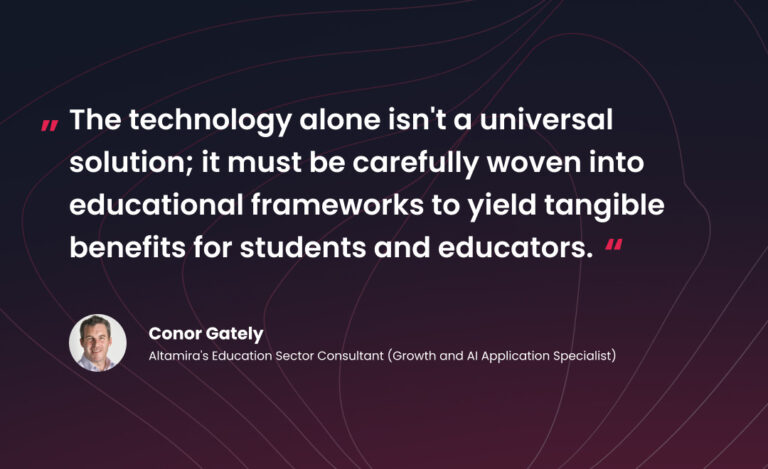
The success of any online program relies heavily on the careful design and development of its curriculum. Often, in the rush to create distance learning opportunities, institutions overlook the importance of a well-thought-out curriculum and the need for qualified professionals to develop it.
What works in traditional classroom teaching doesn’t always work in the online environment, where learning and teaching methods differ. An online curriculum must encourage student interaction and communication, often through written dialogue and group participation.
Traditional lecture-style teaching is not suitable for online learning. High-quality education can thrive in an online program, but only if the curriculum is specifically developed or adapted to the online format.
The final words
We are living in an exciting time for both technology and education. Online programs provide technology-driven learning environments that open up new opportunities and can deliver high-quality education through various formats.
For adult learners who need or want to continue their education, online programs offer a flexible solution that works around busy work, family, and study schedules.
Recent research from Columbia University shows that, on the whole, both eLearning and blended learning lead to better outcomes than traditional classroom teaching.
Blended learning, which combines online and in-person methods, results in better learning outcomes than classroom-only education. However, the gap between eLearning and traditional classroom education is narrower.
It’s worth to remember that each generation has its preferred way of learning. Baby Boomers tend to favour approachable experts, Gen X values guidance, but not necessarily expert-led instruction, Millennials enjoy collaborative learning, and Gen Z prefers social and interactive experiences.
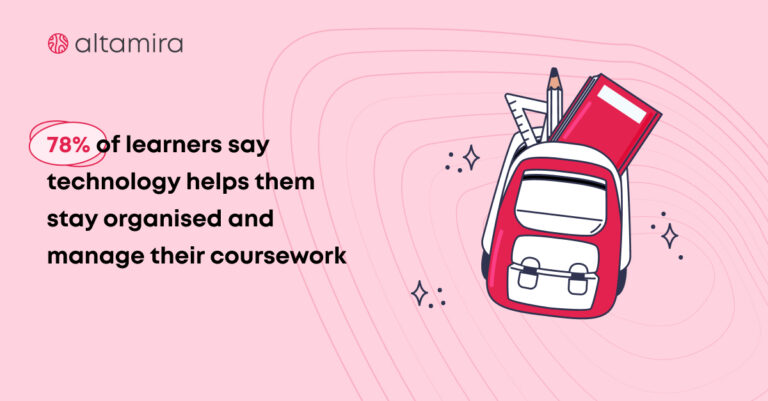
An eLearning platform can cater to all of these preferences, as it’s the course design rather than the delivery method which can be adapted to suit each style.
Effective eLearning courses should include engaging multimedia content, diverse assessment methods, gamification, and strong student support to enhance learning and provide an immersive experience. Ultimately, the key to successful learning is keeping the student engaged.
How Altamira can help you?
At Altamira, we are focused on delivering practical and commercial-viable EdTech solutions that truly meet user needs and help solve their learning problems. We seek to streamline the software development process, allowing us to deliver results faster without sacrificing quality, all while staying within budget.
Starting the discovery phase of a software project with the help of our experts will help you refine and organise your ideas, uncovering any unknowns, and reducing the risks involved in software development.

Contact us to get a free expert consultation.






